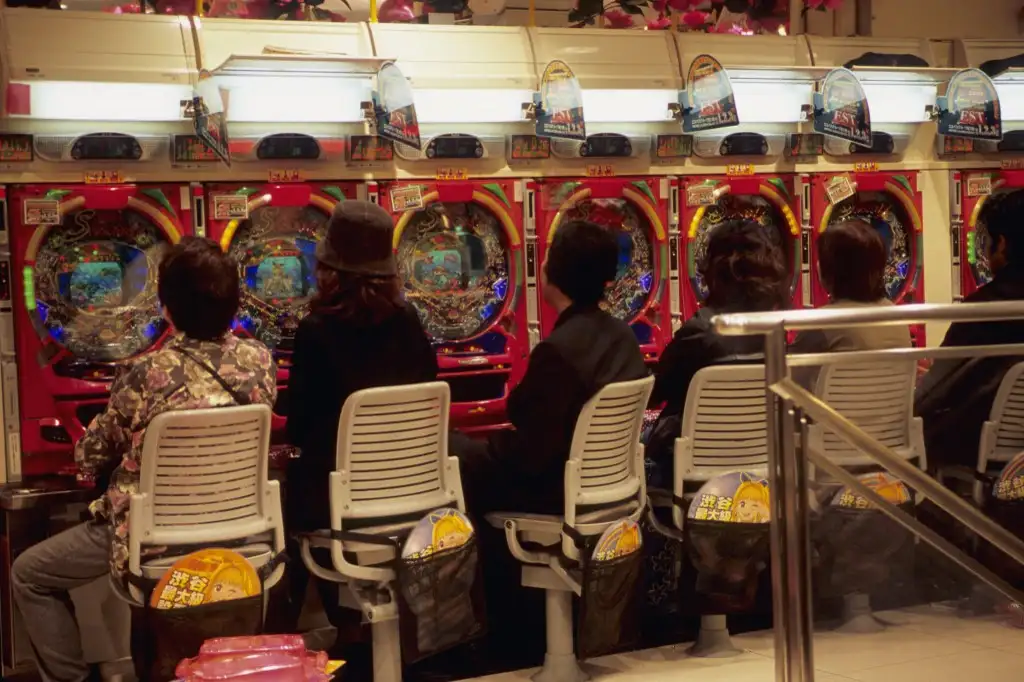
The history of Pachinko is rich and unique. It originated in Japan in the 20th century and has become entrenched in national and international cultures. However, throughout the existence of Pachinko, there have been quite a handful of tweaks in revamp and remodifications to the game’s machine. But, the older ones are a treasure, and considered vintage. Today’s casino news will examine what a vintage pachinko machine is.
From Japan with Love: The Vintage Pachinko Machine
A vintage Pachinko machine has a chrome lever for shooting balls, and its manufacturing date was before 1980. If you have a classic arcade pinball-styled device that has existed for over a century, you might be holding a treasure.
Pachinko originated from British table-based games like croquet in the 15th century, which soon became billiards. These games started the evolution of pinballs even before the word “pinball” became popular. The billiards soon moved to France in the 18th century and were displaced as “Bagatelle,” a narrowed-down version of billiards.
As the popularity of marble-styled games or Bagatelle games increased, they became a more common pastime in the U.S. around the 1920s. Later on, another version of Bagatelle came on board. It was called the “Corinthians Bagatelle.” The game featured vertical shooting balls that went in a circular motion, replacing the wood pins with metal pins. The Japanese notably picked much interest in these Corinthian or Corinth Bagatelle machines.













